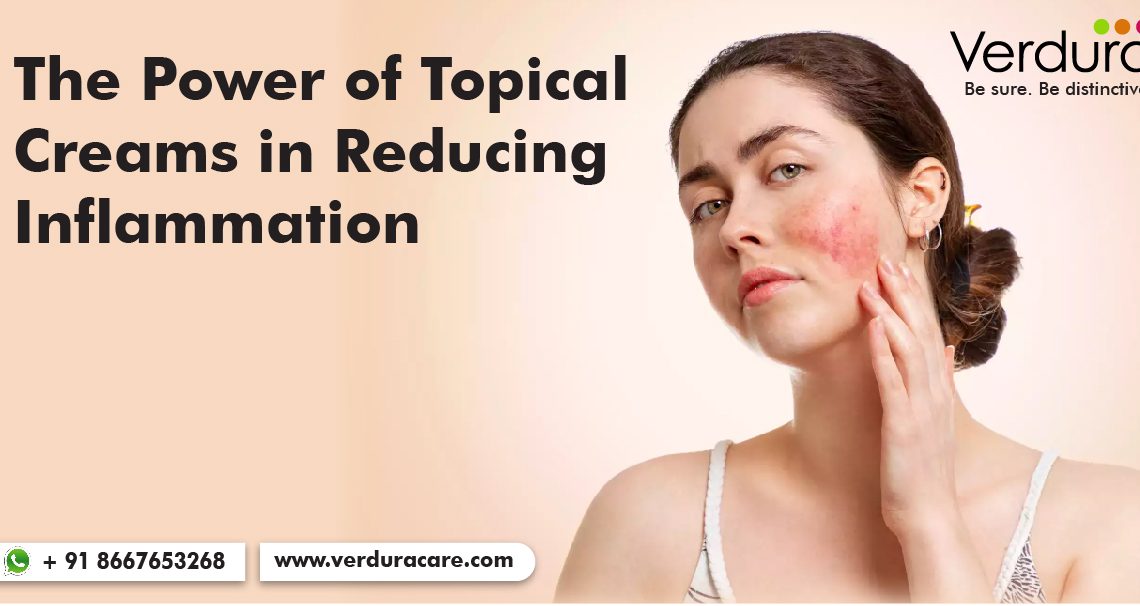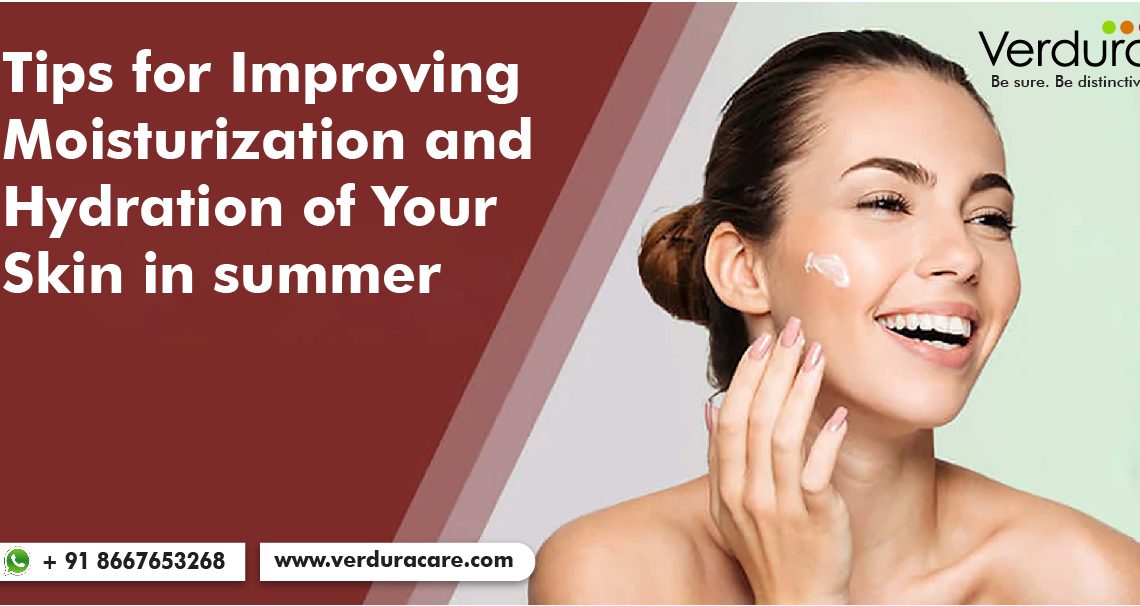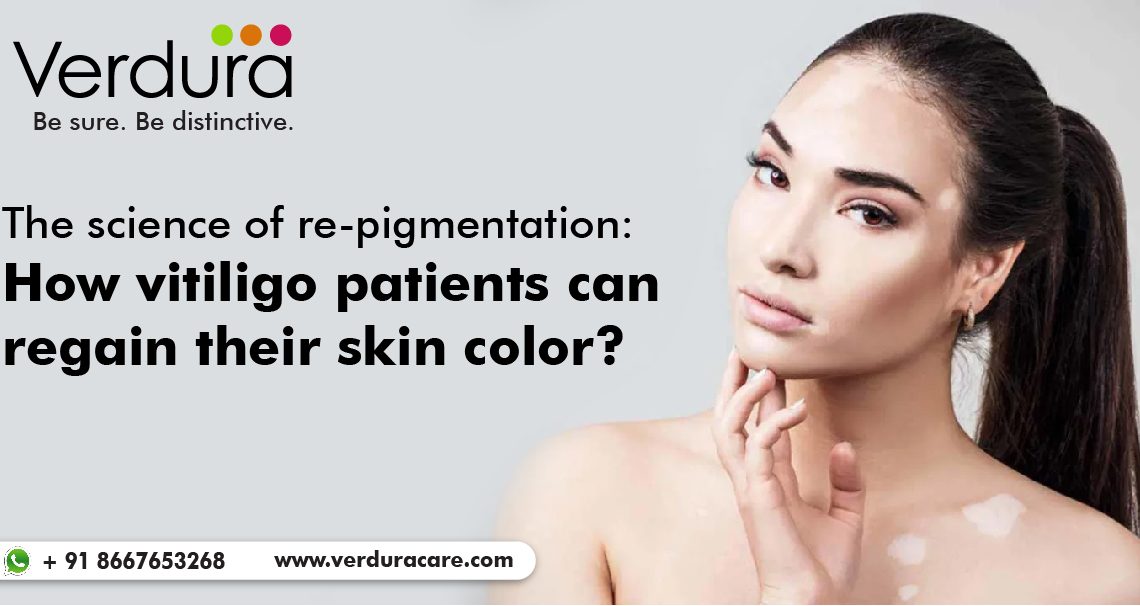Inflammation is a natural response of the body to injury or infection. It is a protective mechanism that helps the body heal and fight off foreign invaders. However, chronic inflammation can lead to a range of health issues, including arthritis, heart disease, and cancer. While anti-inflammatory drugs are commonly used to treat inflammation, topical creams can also be effective in reducing inflammation. We will explore how topical creams can reduce inflammation and improve overall health in this blog.
How Do Topical Creams Reduce Inflammation?
Topical creams are applied directly to the skin and can be absorbed into the bloodstream, providing targeted relief to the affected area. Topical creams that contain anti-inflammatory ingredients, such as corticosteroids, nonsteroidal anti-inflammatory drugs (NSAIDs), and capsaicin, can reduce inflammation by:
Blocking Inflammatory Pathways
Topical creams containing NSAIDs and corticosteroids work by inhibiting the production of inflammatory chemicals such as prostaglandins (Prostaglandins are hormone-like substances that affect several bodily functions, including inflammation, pain and uterine contractions.) and leukotrienes (Leukotrienes (LTs) are lipid mediators that play pivotal roles in acute and chronic inflammation and allergic diseases). These chemicals are responsible for causing pain, swelling, and redness in the affected area.
Reducing Pain
Topical creams containing capsaicin (Capsaicin is a chemical compound that was first isolated from chili peppers in crystalline form in 1878.) work by reducing the activity of nerve cells that transmit pain signals to the brain. This can provide relief from pain associated with inflammation.
Promoting Healing
Some topical creams contain ingredients that promote healing and regeneration of the affected tissue. For instance, creams containing Aloe Vera or vitamin E can improve skin health and reduce inflammation.
Benefits of Using Topical Creams for Inflammation
Reduced Side Effects
Topical creams can be a safer alternative to oral medications such as NSAIDs, which can have side effects such as stomach ulcers, gastrointestinal bleeding, and kidney damage.
Targeted Relief
Topical creams provide targeted relief to the affected area, reducing the need for systemic medications that can affect the entire body.
Easy to Use
Topical creams are easy to apply and do not require any special equipment or tools. They can be applied directly to the affected area and can be used multiple times a day.
Improved Quality of Life
Reducing inflammation can improve quality of life by reducing pain, swelling, and redness associated with chronic inflammation. This can lead to improved mobility and a better overall sense of well-being.
Topical creams can be an effective and safe way to reduce inflammation. They provide targeted relief to the affected area, reduce the risk of systemic side effects, and can improve overall quality of life. If you are experiencing inflammation, it is important to consult with your healthcare provider to determine the best treatment options for your specific needs.


